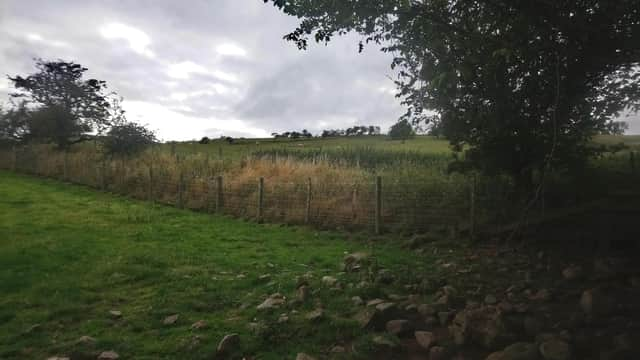FARMING:


Vets are key to safeguarding animal health and welfare, but also food safety and human health by helping to prevent ‘zoonoses’, diseases that can spread from animals to humans. Farm animal vets are very used to dealing with epidemics, big examples of this being the 1990s’ mad cow disease or the 2001 foot-and-mouth outbreaks, and we always remain vigilant to be able to react to any new threats. However, in addition to epidemics, there are several diseases that are ‘endemic’ to our flocks and herds, meaning that they are regularly found in a particular region or area. These have negative effects on the animals’ health and welfare and cause significant production and economic losses to the farmers, just like COVID-19 is affecting many people’s health and lives, the NHS and our economy. This is why we are constantly working to prevent, control and eradicate them.
Farmers and vets use health plans to discuss and review a farm’s performance, disease prevalence within the flock/herd and how things can be improved. All health plans written by our vets include a biosecurity section, where we assess the risk of a disease entering a particular herd or flock, and establish an action plan with steps to follow every time that a new animal arrives to the farm, or one of the farm’s own animal returns from a show or a market. Some of these biosecurity measures are very similar to what has been applied to control the spread of COVID-19: isolating new or returning animals for at least four weeks (twice the length of our two-weeks quarantine) or keeping a distance of at least three metres at boundary fences between neighbouring farms (as shown in the attached photo). For many livestock diseases, testing and vaccinating can also be done during this isolation period: testing to identify the animals that may be carrying a disease and vaccinating to prevent these new animals from becoming ill with a disease that we may already have in our farm but they have never seen before. Unfortunately, we are not able to vaccinate for COVID-19 yet and testing is still proving tricky.
Advertisement
Hide AdAdvertisement
Hide AdWhen it comes to move livestock abroad, buying from or selling into other countries, the measures are even stricter. Cattle or sheep have to be isolated before leaving and after arriving and there is a lot of testing and paperwork involved in imports and exports, which takes up a lot of our vets’ and clients’ precious time. Again, this is all to guarantee that disease is not spreading across the borders.
Travelling with pets is easier, but certain biosecurity measures still apply, like having to test for rabies before leaving and returning to the UK or passing a vet health check.
I know that a lot of people can’t wait to go back to “normal”, whatever this normal may look like in the future; however, for our farmers and vets a lot of the measures that are currently being applied to COVID-19 were always the rule and should always continue to be so, as this is the only way to guarantee and protect our animals’ health and the farms’ performance.